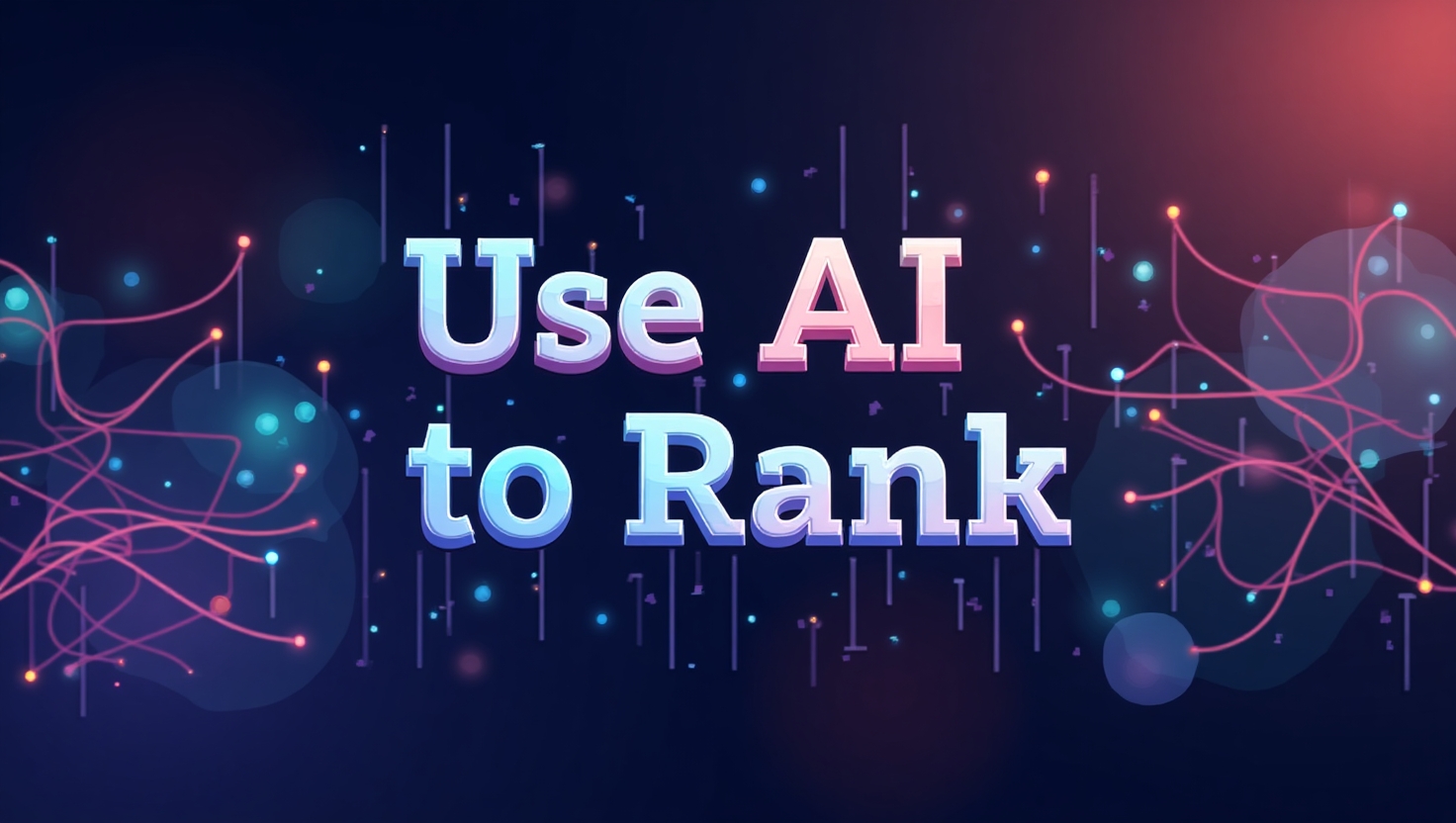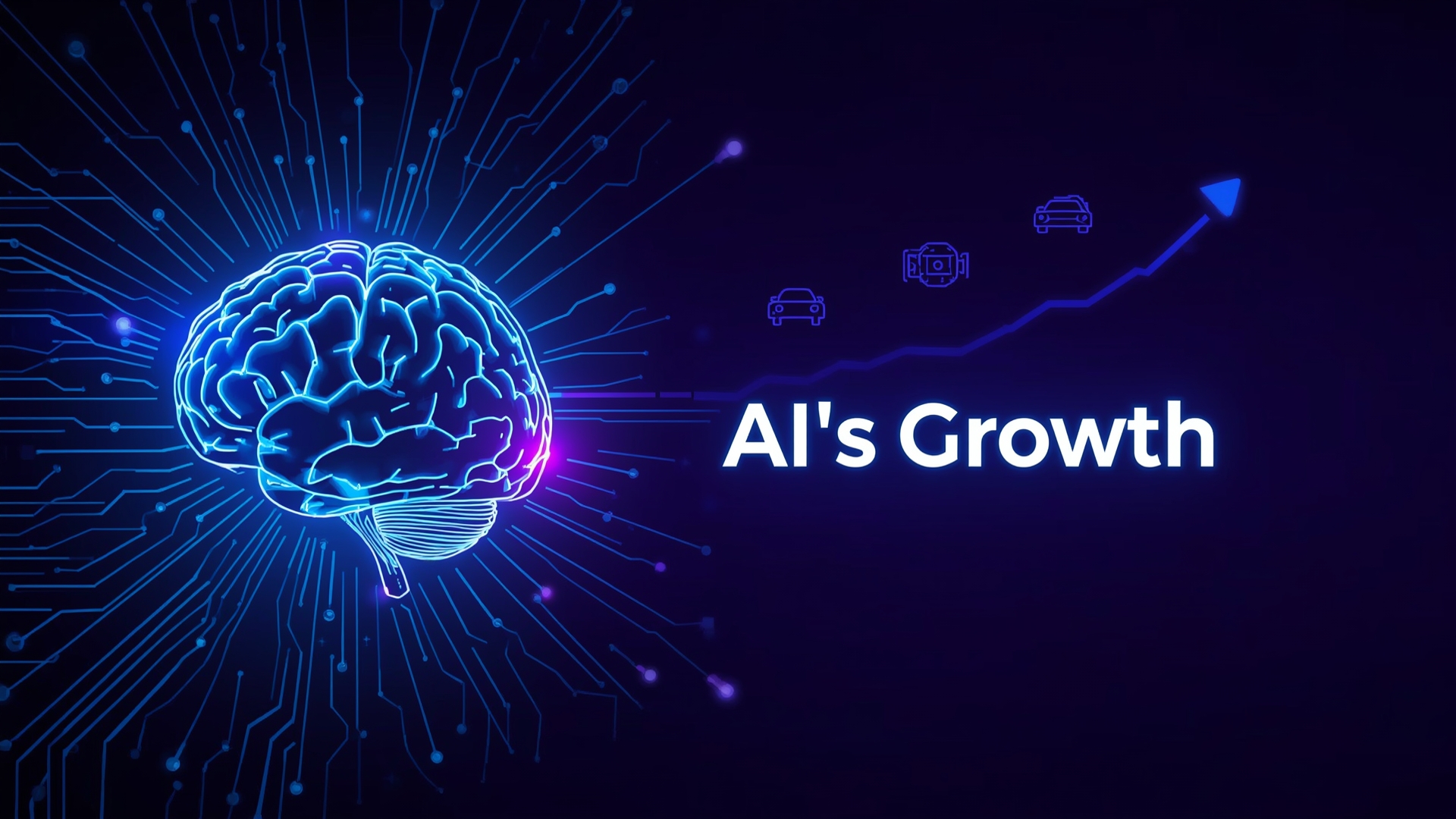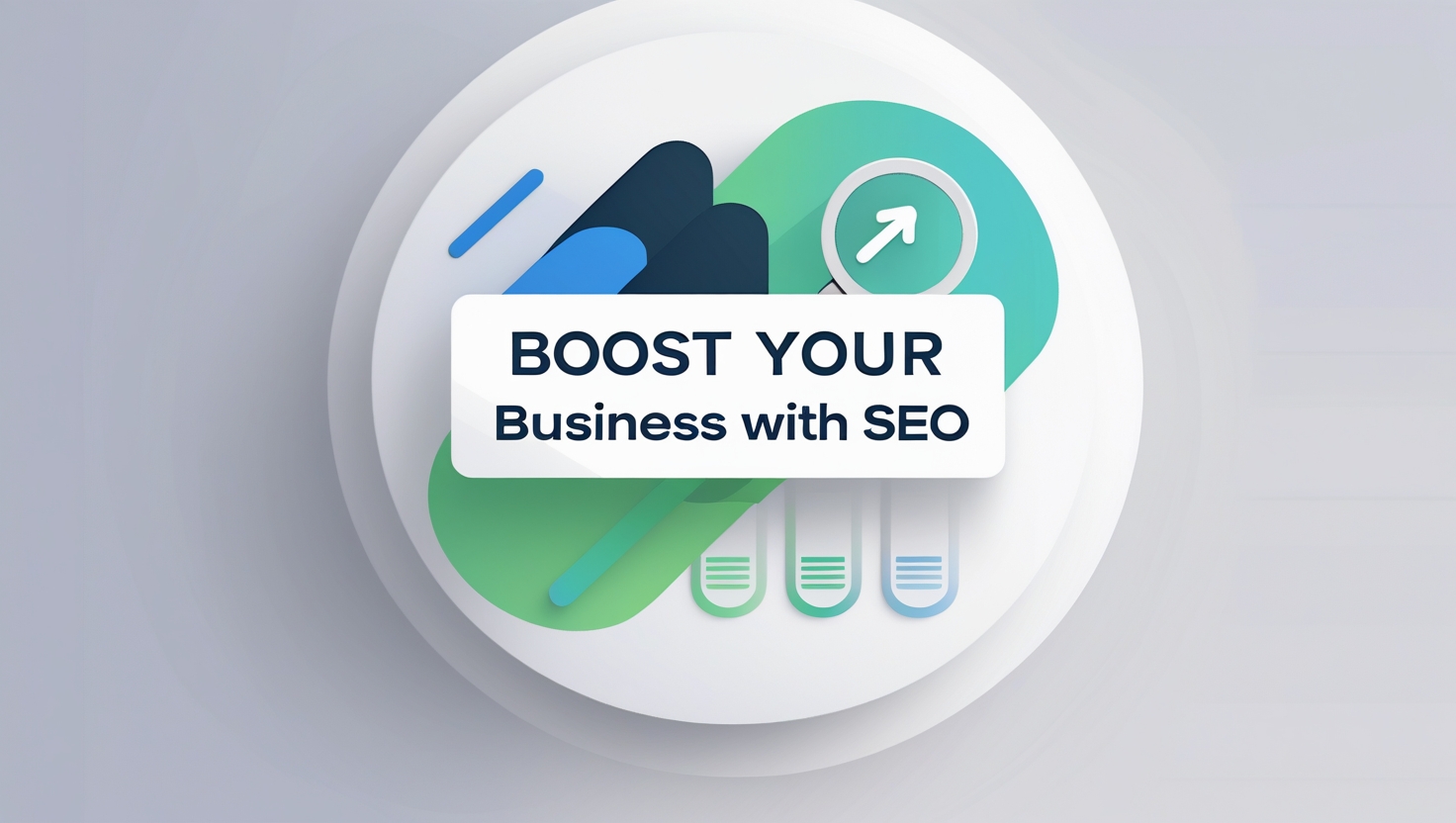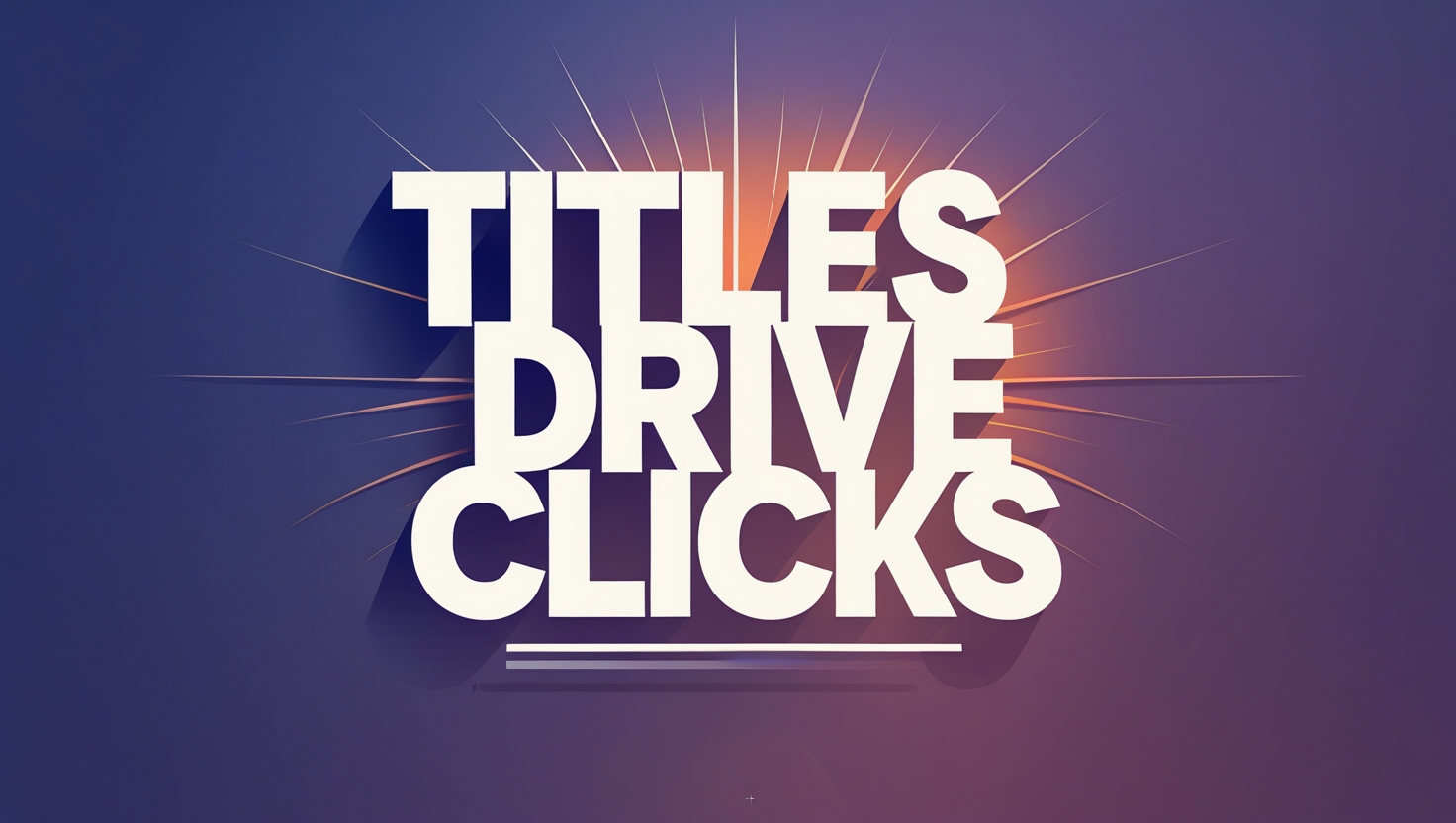05 | Feb
clevpro
05 Feb, 2025
How to Train AI in 2025: A Step-by-Step Guide for Beginners (No Coding Needed!)
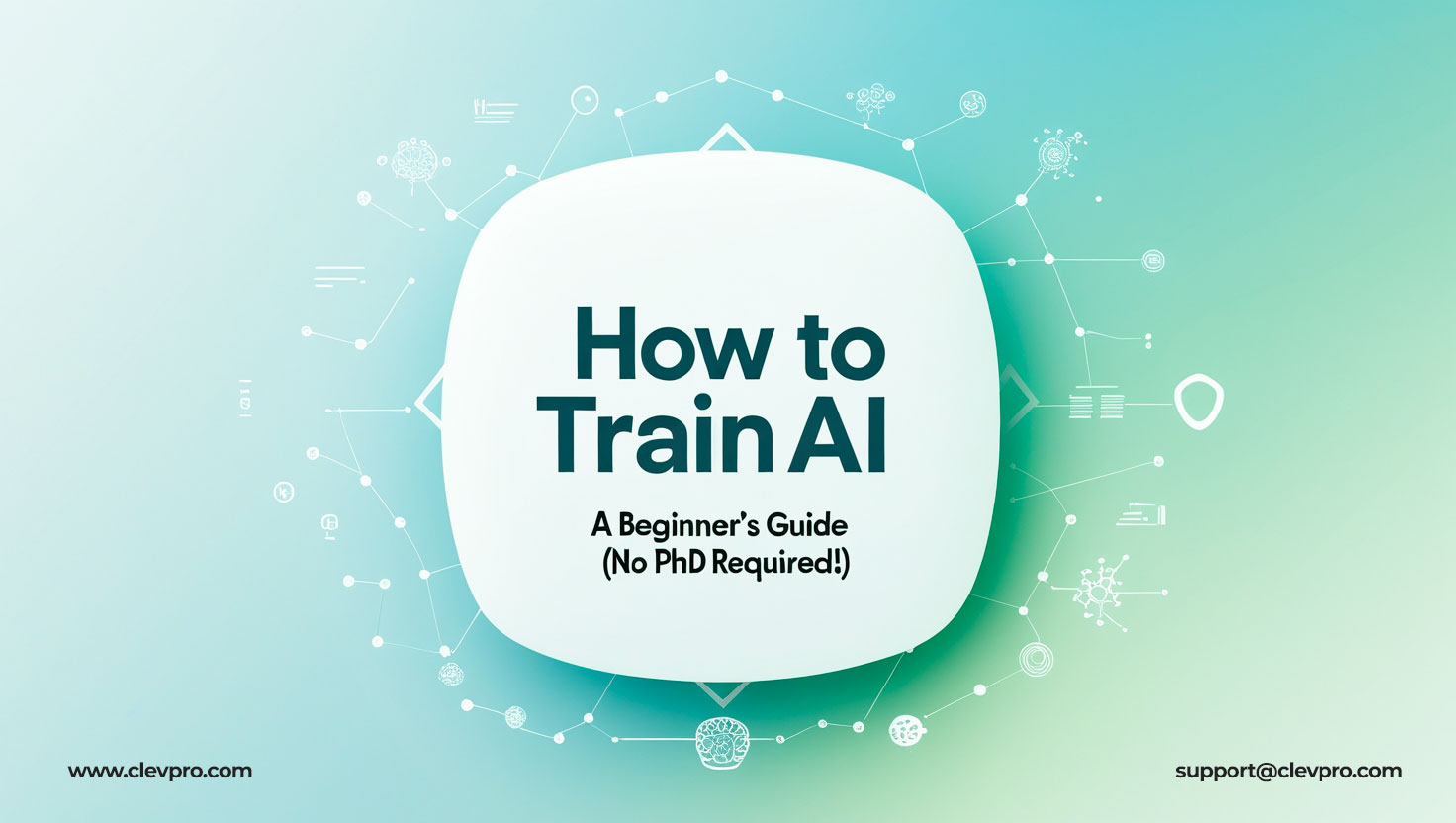
You have likely asked yourself how Netflix identifies your most-watched programs and how Siri delivers replies to your inquiries. The operating system makes use of artificial intelligence (AI) technology as its fundamental mechanism. The ability to create your own AI model makes no demands of coding expertise. The guide presents a clear and step-by-step plan for understanding AI training regardless of your skill level as a beginner or an established business professional.
The process of training artificial intelligence systems requires clarification through explanation.
The process of training AI resembles teaching somebody to learn shape identification. The process involves showing the AI examples while making corrections before repeating the process until it improves in understanding. In technical terms:
- AI models acquire data patterns directly from specific information types such as images and text as well as numerals.
- Its operational efficiency directly correlates to the quality of the data presented to it.
- During training processes raw data transforms into an intelligent device which predicts results and makes classifications and generates new information.
Step 1: Define Your Goal
Start with a clear purpose. Ask yourself:
- What problem am I solving? (Example: “I want AI to detect spam emails.”)
- What should the AI output? (Example: “Spam” or “Not Spam.”)
⚠️ Pro Tip: Narrow your focus. The initial goal should not involve creating the future robot army that will dominate humanity.
Your next step requires gathering your data and preparing it for use.
Step 2: Data is the fuel for AI. Here’s how to get it right:
Find Relevant Data
- Public datasets: Websites like Kaggle or Google Dataset Search offer free data for practice.
- Develop your data through surveys along with sensor information or web scraper systems using Octoparse.
Clean Your Data
- Eliminate both duplicate and unwanted data and errors from the information source.
- Users should divide their data into separate groups which can be labeled as “spam” or “not spam.”
The following step mandates you to collect data followed by data preparation before usage.
Step 3: Choose the Right Tool
A beginner does not require the ability to write code from the beginning. Use beginner-friendly platforms:
- Google Teachable Machine provides users with a visual interface to develop models for image/text/audio recognition.
- Advantageous tool from Google Cloud enables AI training through non-programming methods.
- The programming framework for Python coders includes TensorFlow together with PyTorch as possible choices.
With Teachable Machine baker professionals can develop an AI system able to recognize between both undercooked and properly baked cookies.
Step 4: Train Your Model
The true operations take place here:
- Your overall dataset should be divided into training data which should compose 80% of the content while testing data should consist of 20%.
- Your first step should be to select an algorithm which includes pre-defined options suitable for basic tasks such as decision trees.
- Train the AI system through the application of "Train" button. Train time depends on the algorithm complexity which might range between minutes and hours.
⚠️ Watch out for overfitting! To solve AI failure during testing with new data simplify the model design.
Step 5: Test & Improve
Even AI needs report cards. Check its performance with:
- Accuracy becomes the frequency at which the solution provides correct outcomes.
- A Confusion Matrix provides visibility into model errors since it depicts wrong categorizations such as identifying spam as "important."
Tweak your model by:
- Adding more data.
- Adjusting parameters (like learning rate).
Step 6: Deploy Your AI
Time to put your AI to work! Options include:
- The conversion of models into TensorFlow Lite format happens specifically for mobile applications.
- The integration of AI into websites becomes possible through the use of APIs when working with platforms such as Shopify and WordPress.
- Cloud platforms: Deploy on AWS, Google Cloud, or Azure.
3 Common Mistakes to Avoid
- Garbage In, Garbage Out: Poor data = useless AI. Always clean first!
- Ethical problems emerge when systems are trained with only one specific ethnic group thus leading to biased recognition data.
- The practice of ignoring software updates calls for periodic training of your AI system using up-to-date information.
Free Resources to Get Started
- Courses: Google’s AI Literacy Course (free!).
- The social platform Reddit offers its members community groups through r/learnmachinelearning or AI Discord groups.
- Tools: Lobe for image-based AI.
Final Thoughts
Small businesses together with large corporations can benefit from AI training processes. People who possess the proper tools together with the correct amount of patience can convert their ideas into intelligent solutions. Begin with limited projects then try everything you can learn from every outcome no matter if those outcomes constitute mistakes.
Ready to build your first AI? Select a project that could involve either building a meme classifier or a sales predictor before starting your work. The future belongs to you as you shape it together with others. 🚀

